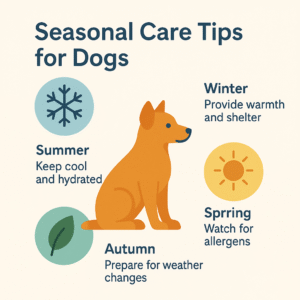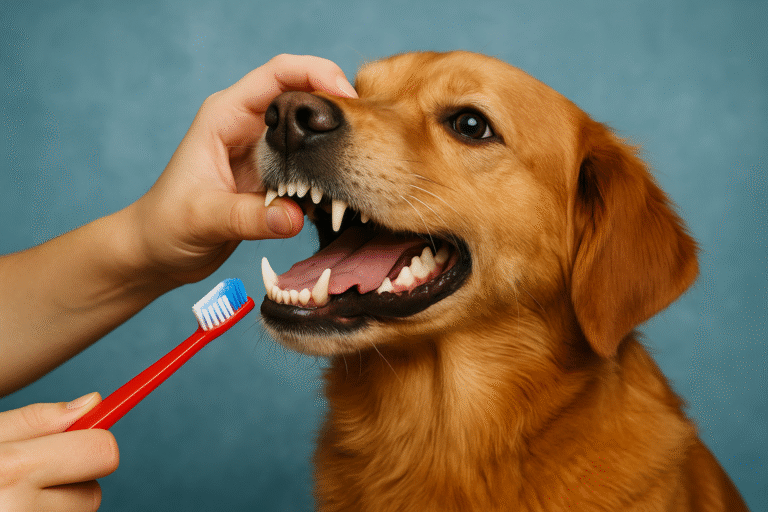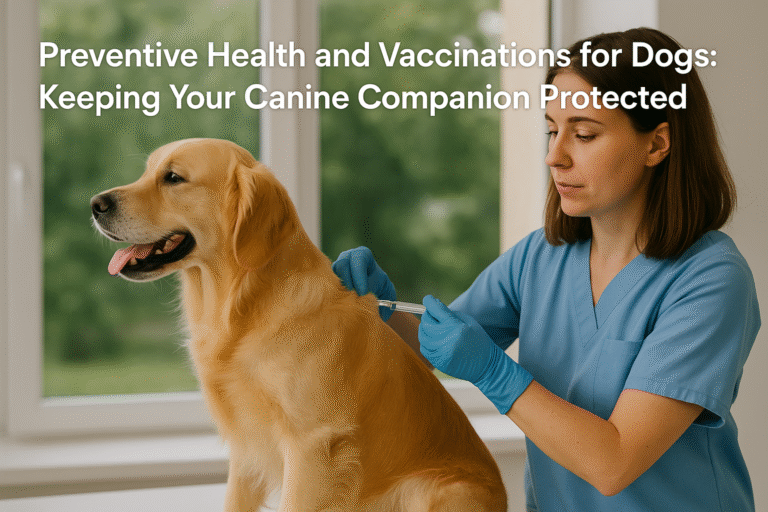Ensuring proper dental care is one of the most important yet overlooked aspects of dog ownership. According to the American Veterinary Medical Association (AVMA), dental plaque hardens into tartar, and while tartar above the gumline can be removed, plaque and tartar below the gumline lead to infection and damage the jawbone and the supporting tissues around the teeth. Without routine dental care, dogs commonly develop periodontal disease, a progressive condition graded from stage 0 to 4, which can result in tooth loss, painful abscesses and systemic health issues.
Why Dental Care Matters
Dogs use their teeth every day for chewing food, playing and exploring, yet their mouths rarely receive the same care as humans. Many pet owners wait until their dog exhibits signs of dental disease – bad breath, swollen gums or difficulty chewing – before taking action. Unfortunately, by this point significant damage has already occurred below the gumline. Regular dental care prevents plaque from hardening into tartar and stops bacteria from causing infection.
Another reason dental care is crucial is the link between oral health and overall well-being. Untreated periodontal disease can allow bacteria to enter the bloodstream and affect the heart, kidneys and liver. Early intervention and preventive care help your dog avoid painful procedures and maintain a better quality of life.
Understanding Plaque, Tartar and Periodontal Disease
Plaque is a soft, sticky film of bacteria that forms on teeth after eating. If not removed through brushing or chewing, it mineralizes into tartar (calculus). Tartar above the gumline appears as a brownish or yellow deposit on the teeth and can be removed during a routine dental cleaning. However, tartar that extends below the gumline is more dangerous because it harbors bacteria that cause gingivitis and periodontal disease. The AVMA notes that most dental disease occurs below the gumline; thorough cleaning and scaling must be done under anesthesia so veterinary professionals can evaluate teeth, remove tartar from all surfaces and polish each tooth.
Periodontal disease starts with gingivitis – inflammation of the gums – and progresses to destruction of the periodontal ligament and jawbone. Veterinarians grade periodontal disease from stage 0 (no signs) to stage 4 (advanced disease with loose teeth). Regular dental evaluations ensure early detection, when treatment is easiest and most effective. Severe cases may require tooth extraction and antibiotics.
Daily Dental Care: Brushing and Beyond
The single most effective home-care strategy to remove plaque and prevent tartar buildup is regular brushing. The AVMA emphasizes that daily brushing is ideal but brushing your dog’s teeth a few times per week can still significantly reduce plaque and tartar. Here’s how to make brushing part of your routine:
- Start Early: The University of Illinois College of Veterinary Medicine recommends starting dental care with puppies using finger brushes and gradually transitioning to a toothbrush as the dog matures. Introducing brushing early helps your dog become comfortable with the process.
- Use Dog-Safe Products: Always use toothpaste formulated for dogs. Human toothpaste can contain fluoride and xylitol, which are toxic to pets. Dog-specific brushes and finger brushes make it easier to clean each tooth.
- Be Gentle and Consistent: Brush in circular motions along the gumline, paying special attention to the back molars where plaque accumulates quickly. Aim for two to three minutes per session. Reward your dog with praise and a treat after each brushing.
- Frequency Matters: Daily brushing is optimal, but brushing every other day can still make a significant difference. Less frequent brushing (once or twice a week) won’t adequately prevent plaque formation.
Additional Home-Care Tools
Brushing isn’t the only tool in your dental care kit. Several products can complement brushing and help maintain oral health:
- Dental Chews and Toys: Look for chews approved by the Veterinary Oral Health Council (VOHC). Chewing helps mechanically remove plaque from teeth. Hard kibble and dental-specific diets also help scrape away food particles and reduce buildup.
- Water Additives and Oral Rinses: These products are formulated to reduce bacterial growth and freshen breath. While helpful, they should not replace brushing.
- Dental Wipes or Pads: If your dog does not tolerate a toothbrush, dental wipes can help remove plaque from the tooth surface.
- Professional Dental Diets: Specialized kibble is designed to clean teeth as the dog chews. Some formulas include enzymes that break down plaque.
Always consult your veterinarian before introducing new dental products to ensure they are appropriate for your dog’s age, size and health status.
Professional Dental Cleanings
Even with dedicated home care, most dogs will need regular professional cleanings to maintain oral health. These procedures should be performed by a veterinarian or trained technician under the supervision of a veterinarian. During the cleaning, your dog is placed under anesthesia, allowing the veterinary team to thoroughly inspect the mouth, take x-rays if necessary, remove tartar from all surfaces, and polish each tooth to delay future plaque buildup. This process also allows the vet to examine the entire mouth and throat for tumors, fractured teeth or other abnormalities.
The frequency of professional cleanings depends on your dog’s breed, age, and oral health. Small breeds and brachycephalic (flat-faced) dogs often require more frequent dental care because their teeth are crowded. Annual dental evaluations and cleanings are a good starting point; your veterinarian can recommend a schedule based on your dog’s individual needs.
Recognizing Signs of Dental Disease
Early detection improves the outcome of dental disease. Watch for these warning signs:
- Bad breath
- Red, swollen or bleeding gums
- Brown or yellow tartar buildup along the gumline
- Difficulty chewing or dropping food
- Excessive drooling
- Pawing at the mouth or face
- Loose or missing teeth
- Changes in appetite or weight loss
If your dog exhibits any of these symptoms, schedule a veterinary dental exam promptly. Waiting can allow periodontal disease to progress, causing pain and systemic health issues.
Holistic Approach to Oral Health
Maintaining your dog’s oral health contributes to their overall well-being. Combine daily brushing with a balanced diet rich in essential nutrients and provide plenty of safe chewing options. Regular exercise and mental stimulation, such as interactive games and training sessions, also support general health and reduce stress, which can affect immune function and oral health.
Conclusion: Proactive Dental Care Pays Off
Dental care is an essential part of responsible dog ownership. Plaque, tartar and periodontal disease are preventable through daily brushing, the use of complementary products, and regular professional cleanings. By establishing a routine early, using appropriate tools and staying alert to signs of dental disease, you can protect your dog from pain and serious health complications. Maintaining oral health doesn’t just benefit your dog’s teeth and gums—it promotes overall wellness and strengthens the bond you share.
If you have questions about your dog’s dental health or would like to schedule a professional cleaning, please contact us. Our team is happy to help you create a comprehensive dental care plan tailored to your furry friend’s needs.













